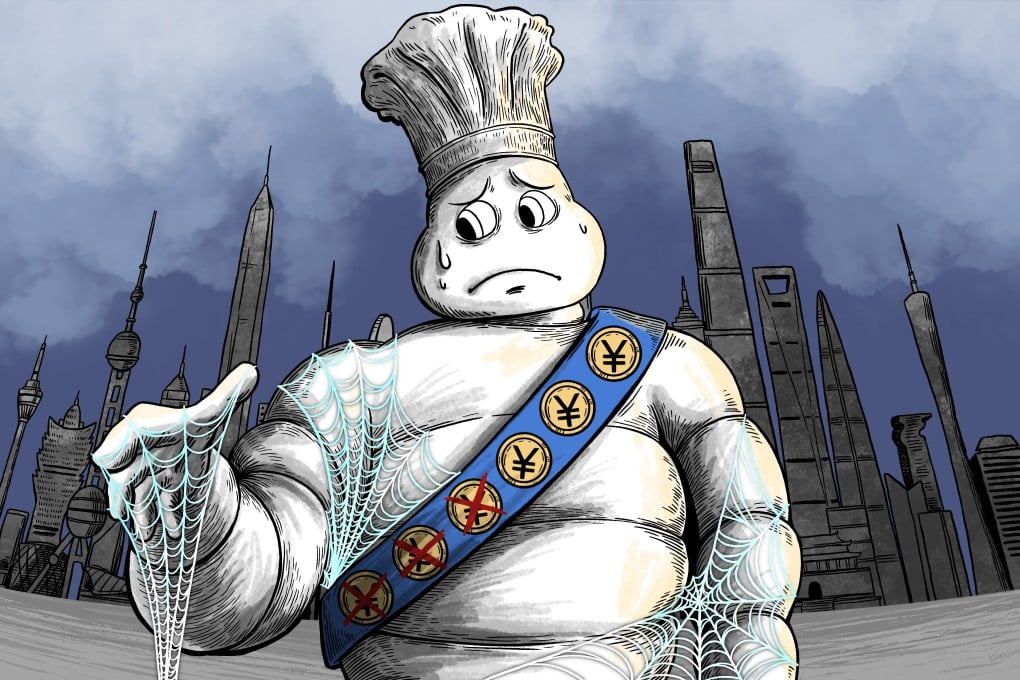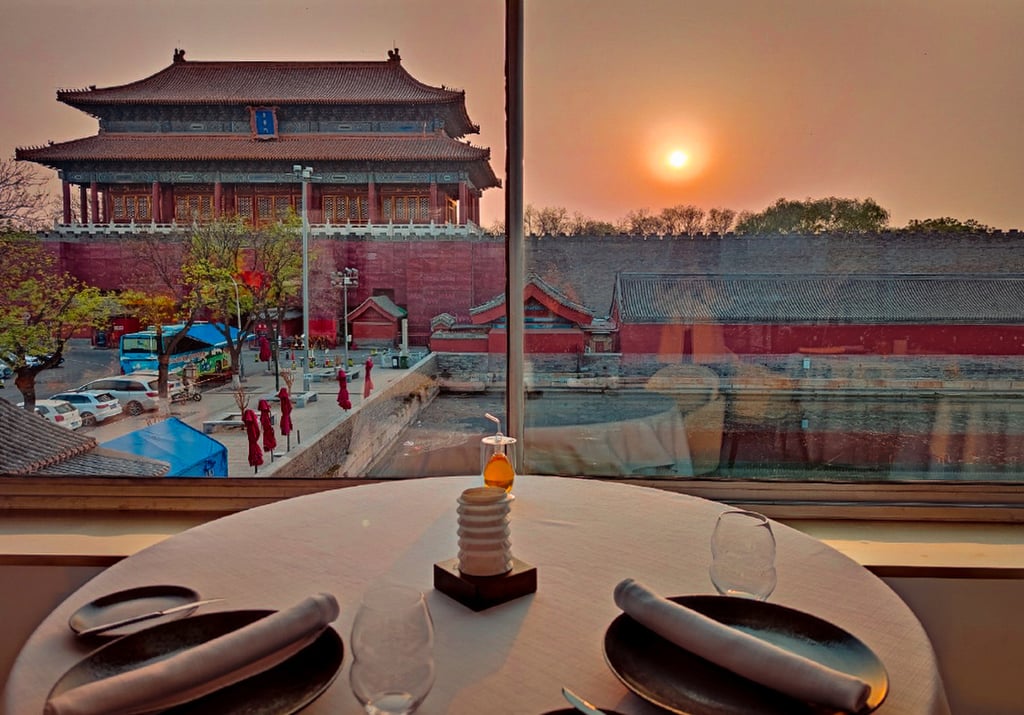China’s fine dining scene darkens as economic clouds blot out Michelin stars
- China’s once-booming fine dining industry has been hit hard by economic uncertainties, as previously freewheeling spenders hold back

For decades, the Michelin guide was the last word in fine dining.
A place in the gourmet firmament – symbolised by the guide’s awarding of one, two or three stars for the truly exceptional – for many years might as well have been a licence to print money, with a never-ending stream of well-to-do patrons filing in to stay abreast of the latest trends in culinary craftsmanship, no matter the price.
China’s dining scene was no exception. Reservations were once needed weeks in advance at Fu Chun Ju, a Cantonese restaurant with one Michelin star in the Puxuan Hotel and Spa – a luxe habitation a few blocks from Beijing’s famed Forbidden City.
Even with an average price of 600 yuan (US$83) per person, the dining room was always bustling. And Rive Gauche, the hotel’s French restaurant, rarely saw an empty table despite an average price surpassing 1,000 yuan a head.
“In the past, some customers might have dined out once a week or two. Now, they might only opt for fine dining once a month. Many others have shifted to cooking at home or going out for something simpler,” said Basil Yu, the hotel’s executive chef and supervisor of both restaurants.
